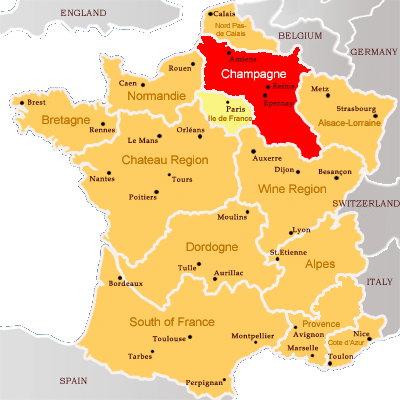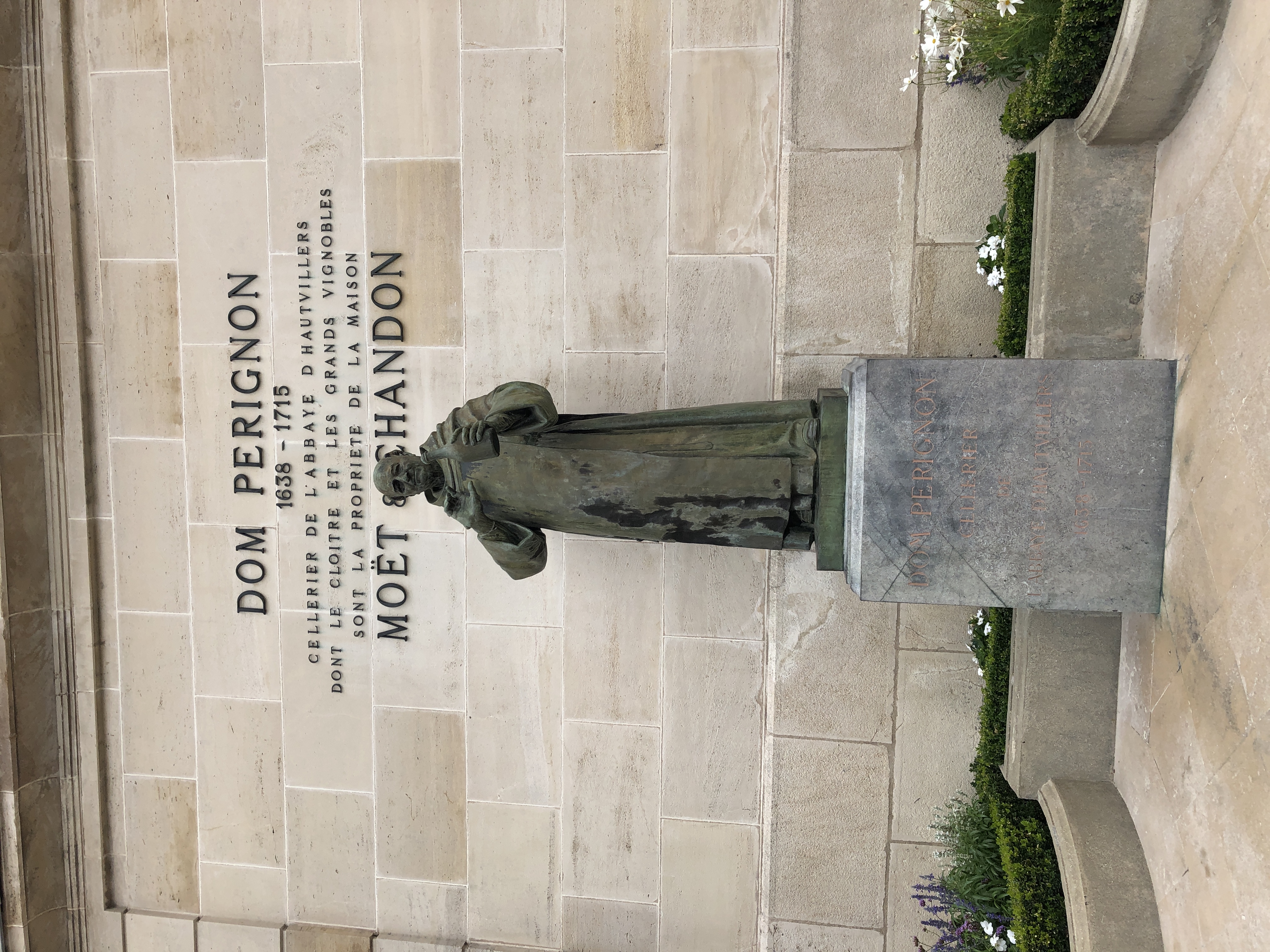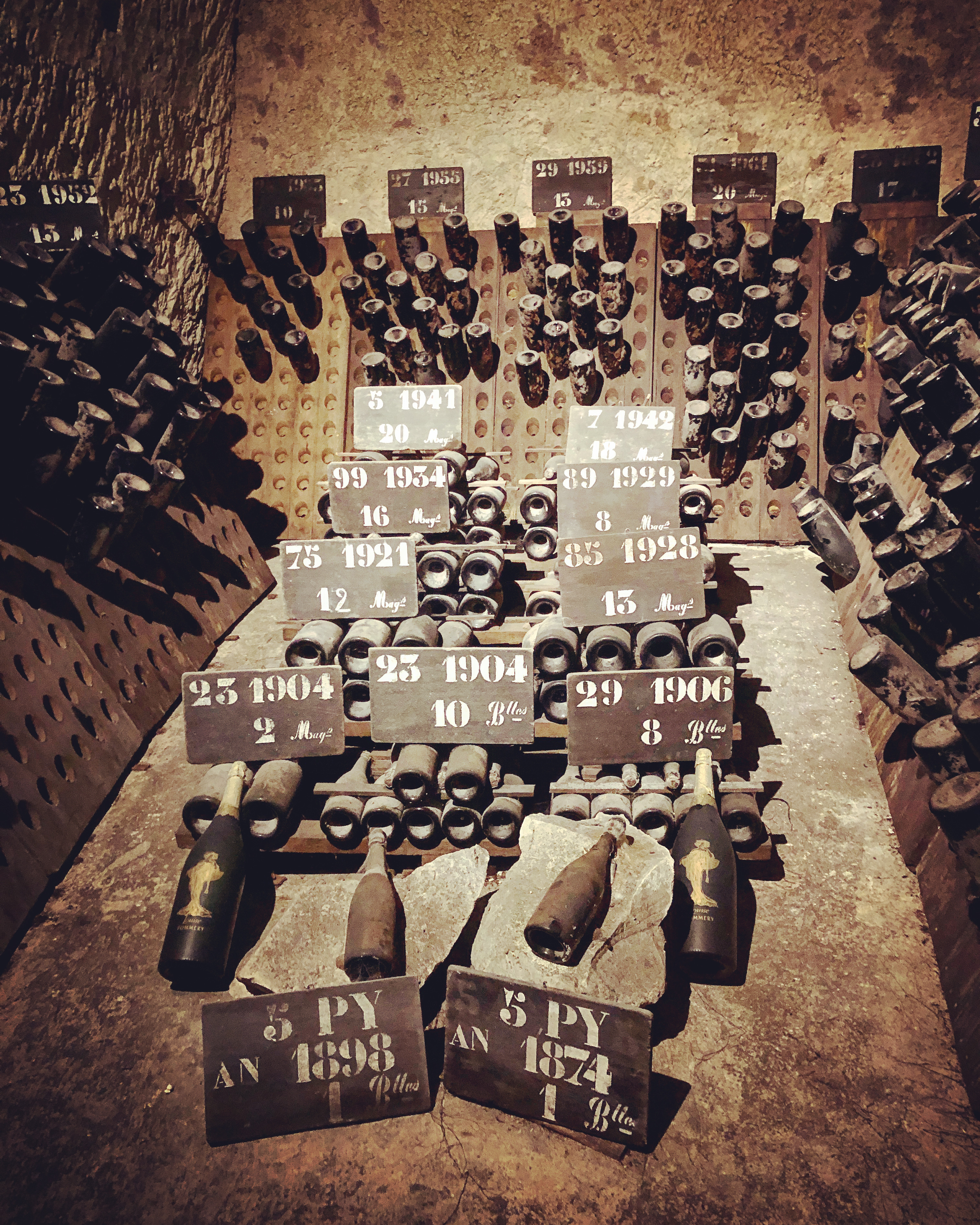Champagne naturally pops at almost any celebration, milestone, accomplishment and special event. But how much do you really know about the mystical bubbly wine? Want Impress your friends at your next outing by imparting some champagne expertise?
Here are some trivia to drop as you celebrate your next special occasion:
- CHAMPAGNE ONLY COMES FROM CHAMPAGNE
Champagne is not just a sparkling wine. It is first and foremost a region in the northeast of France. By law, no sparkling wine producer can call their wine “champagne” unless it is originating from the region of Champagne in France.
2. MÉTHODE CHAMPENOISE VS MÉTHODE TRADITIONELLE
The term “Méthode Champenoise” or “Champagne Method” is a protected mark. It refers to the overall processes and required steps taken in the making of champagne from vine to wine, including the second fermentation in bottle. Any other sparkling wine producers in the world who are using the same procedure is required to call said process “Méthode Traditionnelle” or Traditional Method.


3. CHAMPAGNE’S DNA: GOT GRAPES?
As regulated by the Champagne AOC, only 7 grape varietals are allowed to be used to make champagne. The majority of the planting in Champagne favors the 3 main grapes:
- Pinot Noir
- Chardonnay
- Pinot Meunier
The other four are Pinot Gris, Pinot Blanc, Petit Meslier and Arbane, all white varieties that make up less than .3% of plantings.

4. WHAT’S YOUR STYLE?
There is diversity in Champagne! Indeed, champagne does come in different styles, which ultimately commands the price tag. The champagne types are:
- Vintage: all the grapes used are harvested from one year and that year is expressed in the bottle.
- Non-Vintage: is a blend of wines made from grapes harvested in different years. It accounts for about 90% of all champagne produced.
- House Style: is the staple of the Champagne house. Generally a non-vintage brut champagne, this type of champagne will be produced on a regular basis with the primary purpose of maintaining consistency from year to year.
- Tête de Cuvée (or Prestige Cuvée): this is the high-end wine produced by a Champagne house, symbolizing the ultimate in luxury. It is the best of the best!
- Blanc de Blancs: is made entirely from white grapes, and the vast majority of champagnes made in that style will be a 100% Chardonnay.
- Blanc de Noirs: Literally white wine made from black grapes, which in Champagne is either Pinot Noir or Pinot Meunier, or a blend of the two.
5. DOM PÉRIGNON: THE FATHER OF CHAMPAGNE?
“Come Quickly, I am tasting the stars” allegedly said Dom Perignon upon discovering bubbles in his glass. The Benedictine Monk who lived & worked at the Abbey at Hautvillers, France, is absolutely NOT the creator of Champagne.
Yet, the myth of Dom Pérignon has prevailed for years, and was reinforced by the launch of the eponymous Tête de Cuvée by Moët et Chandon in the 20th Century. A skilled cellar master, ironically, Dom Perignon, spent in fact most of his time trying to get rid of the bubbles, which he considered a flaw.
So, who invented Champagne? Champagne was an accidental occurrence resulting from the magical beauty that is Mother Nature!


6. CRISTAL BALL: WHO IS THE FORTUNE MAKER?
The first Prestige Cuvée (Tête de Cuvée) to officially be released on the market was Dom Pérignon created by Moët et Chandon. Conceptualized in 1921, it was not actually released until 1936.
But if the prestige champagne named after the famed Benedictine monk was the first to be marketed, the prototype of the so-called “Tête de Cuvée” was actually made Louis Roederer with “Cristal.” Created for Tsar Alexander II in 1876, Cristal was finally made available to the public in 1945.
7. WORLD WAR II ENDED IN CHAMPAGNE
During much of WWII, France was occupied by the Germans. By late-August 1944, the majority of the Champagne region had been successfully liberated. General Eisenhower moved his headquarters to Reims in the spring of 1945 to oversee final operations and await the unconditional surrender of Germany. The end of World War II was signed in Reims on May 7, 1945 at 2:42 am in a red brick schoolhouse that functioned as the headquarters of the Allied Forces. General Dwight Eisenhower instructed his men to open cases of champagne for a proper celebration.
The last explosions heard were those of champagne cork popping!


8. A WOMAN’S BUSINESS
The story of Champagne is also the story of trailblazing widows (veuves) – the female daredevils – who became pioneers in their own rights, and have, along the way, considerably changed the game for women in Champagne.
Veuve Clicquot (pictured left) is, of course, the bold woman credited for having started this female revolution in Champagne, followed by the likes of Louise Pommery, Jeanne Krug, Marie-Louise Lanson de Nonencourt, Camille, Orly Roederer, Dame Lily Bollinger, and more recently the ladies part of Les Fa’Bulleuses de Champagne and La Transmission
9. SPIN THE BOTTLE
When opening a bottle of champagne, always remember that it is the bottle that is supposed to turn, not the cork!
And never go for the stentorian pop, rather aim for a sigh.
The correct way to pop open a bottle is to gently push the cork out while keeping a firm handle on it. Avoid the dramatic effect of a champagne shower, that would be sacrilegious!


10. CHAMPAGNE WAS NOT ALWAYS SO GLAMOROUSLY BUBBLILICIOUS
Once upon a time, the universal symbol of elegance, sophistication, celebration, success and good times was actually pretty dull and unglamorous.
Champagne wines were originally still wines, and predominantly red. And, of course, they had none of that effervescence that has given the iconic wine its venerable prestige and notoriety.
11. A ROYAL DRINK
Champagne’s iconic stature as a celebratory drink has its roots in the baptism of Clovis in the 5th century. When the Frankish warrior Clovis was baptized in Reims Cathedral and crowned the first king of France, he started a long-standing tradition of coronations in Reims turning the city into a Royal City and the spiritual center of France.

The “royal city” status has been a great link for the champagne industry. The King of France traditionally came to Reims to be crowned and would drink the local wine known as champagne. Of course, the French Revolution put an abrupt end to Champagne’s connection with the monarchy. Nevertheless, to this day, Champagne is still known as the “Wine of Kings and the King of Wines.”
Follow me: @ChampagneSVP





